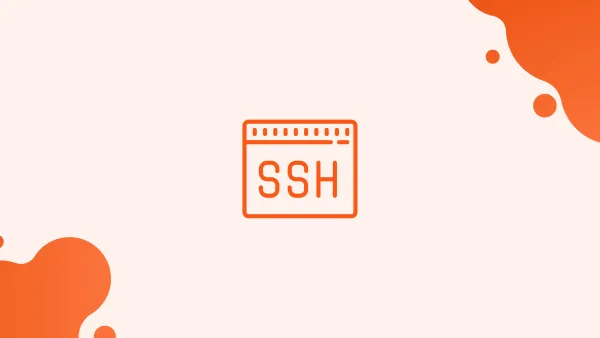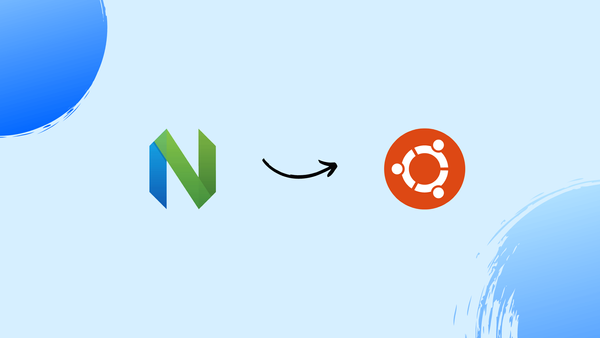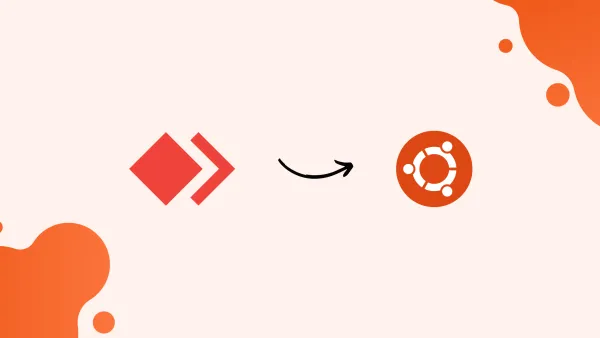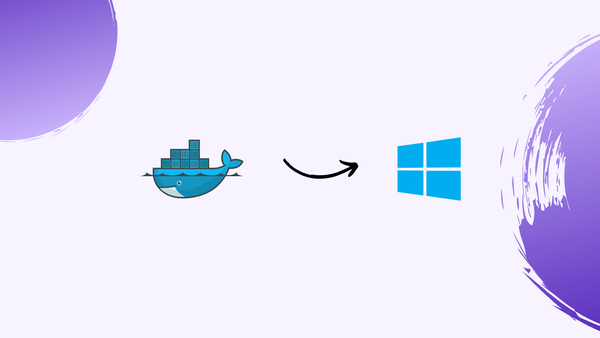RHEL 9.4 Released – Download for Free
Download RHEL 9.4 with our step-by-step tutorial. RHEL is a popular, secure, and reliable operating system for business applications.

Introduction
Before we begin talking about RHEL 9.4, let's briefly understand – What is RHEL?
Red Hat Enterprise Linux, or RHEL, is a well-liked operating system that offers business applications a safe and reliable base. It provides a dependable and expandable framework for handling crucial tasks, guaranteeing optimal performance and availability.
Robust security features, such as required access limits and powerful encryption, are hallmarks of RHEL. With a wide range of software and long-term support, RHEL gives businesses the confidence to develop and implement apps, enabling them to stay ahead of the competition in the modern business world.
In this tutorial, you will understand how to download RHEL 9.4. We will also address a few FAQs on how to download RHEL 9.4.
Key highlights of RHEL 9.4
1. Support for Newer Versions of Programming Languages
The following new versions of dynamic programming languages are available with RHEL 9.4:
- PHP 8.2
- Node.js 18.2
- Perl 5.36
- Python 3.12
- Ruby 3.3
The following version control systems are also offered by it:
- Git 2.43.0
- Subversion 1.14
Additionally, the following proxy caching servers are accessible with RHEL 9.4:
- Squid 5.2
- Varnish Cache 7.0
In relation to database servers, you get:
- MySQL 8.0
- MariaDB 10.11
- PostgreSQL 16
- MongoDB 6.0
- Oracle Database 19c
- Redis 6.2
The following development tools and compilers are also included.
- GCC 12.2.1
- glibc 2.36
- binutils 2.40
RHEL 9.4 additionally comes with the compiler tool sets listed below.
- GCC Toolset 13
- Go Toolset 1.21.7
- LLVM Toolset 17.0.6
- Rust Toolset 1.75.1
2. Supported Hardware Architecture
Red Hat Enterprise Linux 9.4 supports the following hardware architectures and includes the Linux kernel 5.14.0:
- Intel 64-bit (x86-64-v2) and AMD architectures.
- 64-bit ARM architecture (ARMv8.0-A).
- 64-bit IBM Z (z14).
- IBM Power Systems, Little Endian (POWER9).
3. GNOME Updated to Version 40
GNOME 43.4 is offered by RHEL 9.4, a significant upgrade from GNOME 3.28, which was offered by RHEL 8. The "Activities Overview" in GNOM 43.4 has a fresh new style and offers a fun way for users to navigate and launch apps.
Additional improvements consist of:
- A refined icon and a new UI.
- A revised portion of the Settings program.
- Enhanced remote desktop sessions and screen sharing.
- Enhanced performance and resource usage.
- The Power Off / Log Out menu now has a suspend option in addition to a restart option.
- Software is no longer in charge of GNOME shell extensions; instead, the Extensions program does it.
- The Notifications pop-over now has a 'Do Not Disturb' button. Notifications are hidden from view when this button is activated.
- By clicking the eye (👁) icon, users of system dialogs that require a password now have the option to view the password text.
- Fractional scaling is available as an option for experimentation with several pre-configured fractional ratios.
4. Security and Identity
OpenSSL 3.0.15, the most recent release after OpenSSL 3.0, the most recent LTS release, is included with RHEL 9.4. Provider notion comes with OpenSSL 3.0.15. Sets of implementations of algorithms make up providers. It also improves support for HTTPS and includes a new versioning method.
To further improve security, the following cryptographic policies have been modified.
- Deprecation of SHA-1-based TLS and SSH algorithms, except HMACs (Hash-based Message Authentication Codes), which still use SHA-1.
- Deprecated protocols include TLS 1.0, TLS 1.1, DSA, 3DES, DTLS 1.0, Camellia, RC4, and FFDHE-1024.
- In LEGACY, there is now a higher minimum RSA key and minimum Diffie-Hellman parameter size.
In RHEL 9.4, the SELinux policy has been modified. It now has additional functionality, permissions, and classes that are included in the kernel itself. As a result, it makes use of all the capabilities that the kernel permits.
It also introduces security profiles, which are sets of system-applicable security-related settings.
5. Universal Base Images for Building Containers
Red Hat Enterprise Linux-based container images may be created, launched, and managed with ease thanks to the Red Hat Universal Base Images.
For generating and maintaining OCI containers on the Linux system, Red Hat Enterprise Linux 9 offers enhanced versions of podman, a daemonless engine, along with control groups.
6. Improved Cockpit Web Console for Managing RHEL 9
The Cockpit web console, a web-based monitoring tool that keeps an eye on both virtual and physical Linux systems on your network, is included with Red Hat Enterprise Linux 9.4.
System administrators may perform a variety of administrative activities, including creating and managing user accounts, with ease thanks to Cockpit.
- Creating and managing user accounts.
- Taking care of user accounts.
- Monitoring virtual machines and containers.
- Software package management and updates.
- Setting Up SELinux.
- Tracking data like network statistics, CPU, storage, and memory usage, to name a few.
- Managing subscriptions.
The web console now supports live-kernel patching.
It is possible to apply critical kernel patches instantly without planning downtime or interfering with running programs or services.
Download RHEL 9.4 for Free
To obtain a free download of RHEL 9.4, take the following general actions:
- Go to the official subscription website for the Red Hat Developer program.
- Click the link labeled "Download RHEL at no cost".
- To create a Red Hat account or log in if you already have one, follow the instructions provided.
- Follow the directions on the page to finish the download process.
Remember that in comparison to the fully supported versions, Red Hat's free editions could have some restrictions. Consider getting a Red Hat Enterprise Linux subscription if you require all the features and support.
You may install RHEL 9.4 on your computer by following this guide after downloading it.
For a more thorough rundown of all the enhancements and additions, read the RHEL 9.4 release notes.
FAQs to Download RHEL 9.4
What are the system requirements for RHEL 9.4?
RHEL 9.4 requires a compatible 64-bit x86 processor, a minimum of 4 GB RAM, and at least 20 GB of disk space.
Can I upgrade to RHEL 9.4 from a previous version?
Yes, RHEL offers upgrade paths from older versions, allowing you to easily transition to RHEL 9.4.
What features are introduced in RHEL 9.4?
RHEL 9.4 includes enhanced security features, improved performance, updated software packages, and support for the latest hardware technologies.
Is RHEL 9.4 a free version?
RHEL is a commercial distribution, and while a trial version is available, a subscription is required for long-term usage and access to support.
Can I use RHEL 9.4 for personal use?
Yes, RHEL can be used for personal projects. Red Hat also offers a free community-supported version called CentOS.
Can I install RHEL 9.4 on a virtual machine?
Yes, RHEL 9.4 is compatible with many popular virtualization platforms, allowing you to install and run it on virtual machines.
How long is the support period for RHEL 9.4?
RHEL 9.4 is typically supported with regular updates and patches for a period of 10 years from its release date.
Conclusion
We hope this tutorial helped you understand how to download RHEL 9.4.
If you have any queries, please leave a comment below, and we’ll be happy to respond to them for sure.




